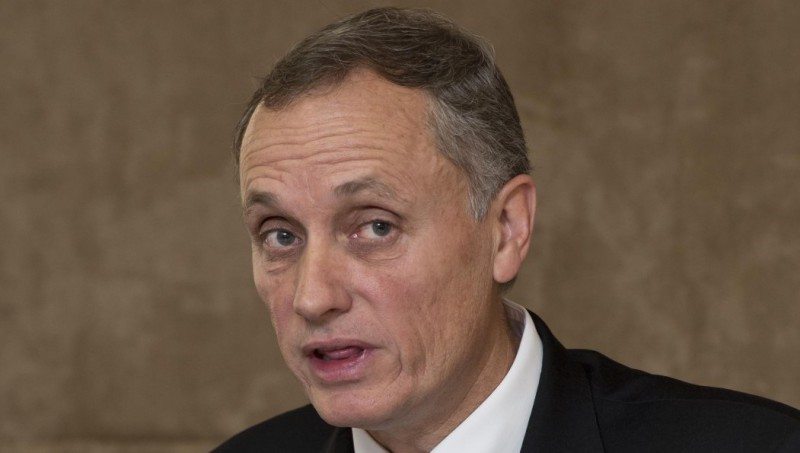
MINING companies will often point out that there are aspects of their businesses that they cannot control, such as market prices; and other factors over which they can exert influence, such as cost efficiencies.
Rarely, however, does one hear the note of exasperation of Impala Platinum (Implats) CEO, Terence Goodlace on the subject that every mining company has ambition to control: safety.
Commenting on a spate of fatalities since December, culminating in the death of four employees in an underground fire at Impala Rustenburg’s 14 shaft, Goodlace said: “In many instances our safety systems work, and what we have done over the past three years works. But we are failed by our people and their at-risk behaviour”.
He went on to say that employees were most responsible for this type of safety abuse at the South African mines, a situation he put down to “growing social disobedience” which had “weakened our collective social values and our safety compliance system”.
This was a prepared speech as part of the company’s half-year results announcement. So it was a thought-out volley aimed at the workforce, and tracing the difficulty in controlling at work behaviour to elements in South African society in general.
Was he scape-goating the nation for specific company issues?
Asked by a reporter if there was an underlying problem to the slew of Section 45 stoppages imposed by the Department of Mineral Resources – which cost Implats some 20,000 oz of platinum worth R500m in revenue – Goodlace declined to comment other than to say the company “was challenged”.
It’s obviously hard for an outsider to say exactly why accidents in mines occur in waves like this. Perhaps it’s linked to the disruption caused by restructuring that may weaken morale.
That seems simplistic though. Goodlace reported some areas of Impala’s Rustenburg operations where productivity has never been better.
For Goodlace, the safety problems are a pity; a real body-blow, professionally and personally, one hears.
He arrived at Implats four years ago on the mining ticket. In September 2013, he declared the company was “behind the eight ball” on a host of mining issues, including safety. He called for netting and bolting of mining areas in an effort to standardise mining practices with his own exacting principles.
So you can understand the sense of abjection from him; not to mention the fact that R1bn has spent on improving safety under Goodlace’s watch.
“We still don’t know what caused the fire or where it started,” he said of the incident in 14 shaft. What’s left now is to begin the systematic repairs to the shaft bottom with recommissioning only due in 2017.
In the meantime, there’s a staffing problem.
Implats has to find work for 1,300 employees previously dedicated to Shaft 14, bearing in mind that it has already restructured several thousand jobs as part of its restructuring efforts.
“The 1,300 people are a problem for us,” he said. “We can try to employ as many people as we can,” he said, adding that some 400 could be placed in the rehabilitation and construction of the decline.
The balance of employees could be redeployed elsewhere, perhaps in salvage reclamation, sweepings and other initiatives. Asked just how many might be out of work was troublesome. “I don’t want to give you figures as you’ll hold me to them,” he told one analyst.
There’s also the problem of having to re-employ mining staff only months after laying them off such is the prolix and lengthy nature of retrenchments. These are difficult days for Goodlace and his team.








